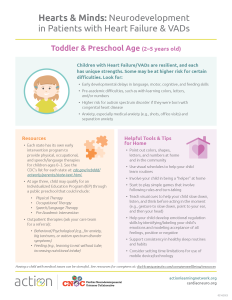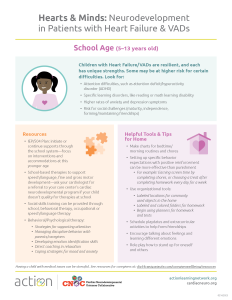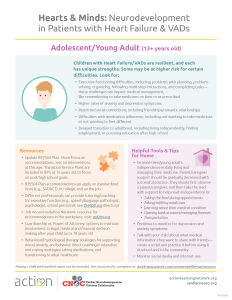Maintaining Your
Health and Wellness
Learning how to live with heart failure is not easy, but following proper exercise and healthy eating guidelines will be an important part of keeping you active and feeling good throughout your journey.
Learning how to live with heart failure is not easy, but following proper exercise and
healthy eating guidelines will be an important part of keeping you active and feeling
good throughout your journey.
-
1
Wellness
As a patient with heart failure, it’s important that you stay active and eat healthy throughout your journey. In this section, we will explore the exercises your doctor may prescribe and the dietary changes you may need to stay safe and healthy. Learn more about how to safely stay active and maintain proper fitness. Learn more about proper nutrition and eating right to keep you healthy. Learn more about ways to maintain a healthy lifestyle when living with heart failure. Brought to you by the ACTION team, starring Justine Shertzer, a pediatric exercise physiologist and a member of ACTION, and Julian Lerner, an actor, singer, musician, and ACTION Ambassador, these videos are intended to be used by both healthy kids and heart patients, under the advisement of their care team. Exercise is vital to heart health, and these arm, leg and cardio exercises can be performed anytime, anywhere, with or without equipment. Follow along with these exercises and do them in sets for extra heart health benefits! Stay safe! Ask your care team if these exercises are right for you. Body Twist Wave High Knees YTW Bicep Curl Tricep Dip Calf Raises Curtsy Squats Hopscotch Leap Frog Star Jump Lunge & Raise Step Up & Row Squat Whole Body Cross Body Twist Toe Touch Hamstring Even as a patient with heart disease, you can safely exercise in non-competitive, low or moderate intensity activities. Ask your doctor for exercises that are safe for you. Here are some ways to be active: There are two different forms of exercise to include in your daily routines: aerobic and strengthening. Ask your care team which type of exercise is right for you. Aerobic exercise makes you breathe fast and sweat. Because your heart is a muscle, it’s important that your heart gets a workout. Aerobic exercises are a great way to do that. There are three main levels of aerobic exercises: Strengthening exercises make you pull or push using your muscles. Keeping a strong, healthy body is important during your journey. Strengthening exercises can help you do that! It’s important that no matter what exercises you do, you do them safely. Even as a patient with heart disease, you can safely exercise in non-competitive, low or moderate intensity activities. Ask your doctor for exercises that are safe for you. Here are some ways to be active: There are two different forms of exercise to include in your daily routines: aerobic and strengthening. Ask your care team which type of exercise is right for you. Aerobic exercise makes you breathe fast and sweat. Because your heart is a muscle, it’s important that your heart gets a workout. Aerobic exercises are a great way to do that. There are three main levels of aerobic exercises: Strengthening exercises make you pull or push using your muscles. Keeping a strong, healthy body is important during your journey. Strengthening exercises can help you do that! It’s important that no matter what exercises you do, you do them safely. A healthy, balanced diet is important to maintain a healthy weight, potentially improve your symptoms, and keep your heart from getting worse. Certain foods and the amount of fluids you drink may affect your condition or interact with your medication. That’s why it’s important that we spend time looking at some changes you can make to your diet to keep you and your heart healthy. For one, you should avoid sugary drinks, especially while exercising. Most importantly, be mindful of your eating habits. Eating nutritious foods in healthy portion sizes is very important for heart health. Mindful eating is knowing what you’re eating and how much. Here are some ways to be more mindful as you eat: Remember, food is fuel for an active body. Get up and move throughout the day, even for small activities or short walks. Mindful eating is knowing what you’re eating and how much. Here are some ways to be more mindful as you eat: Remember, food is fuel for an active body. Get up and move throughout the day, even for small activities or short walks. Prompted by needs and interests of our Families in ACTION (FACT) Committee, ACTION recently joined forces with a fellow Cardiac Networks United organization, the Cardiac Neurodevelopmental Outcome Collaborative to: This cross-network collaboration brought together experts in pediatric psychology, neuropsychology, cardiology, nursing, and more to address this important aspect of care for patients and families.
Overview
Fitness
Healthy Eating
Lifestyle
Overview
Fitness
Healthy Eating
Lifestyle
Fitness
Overview
Resources
Overview
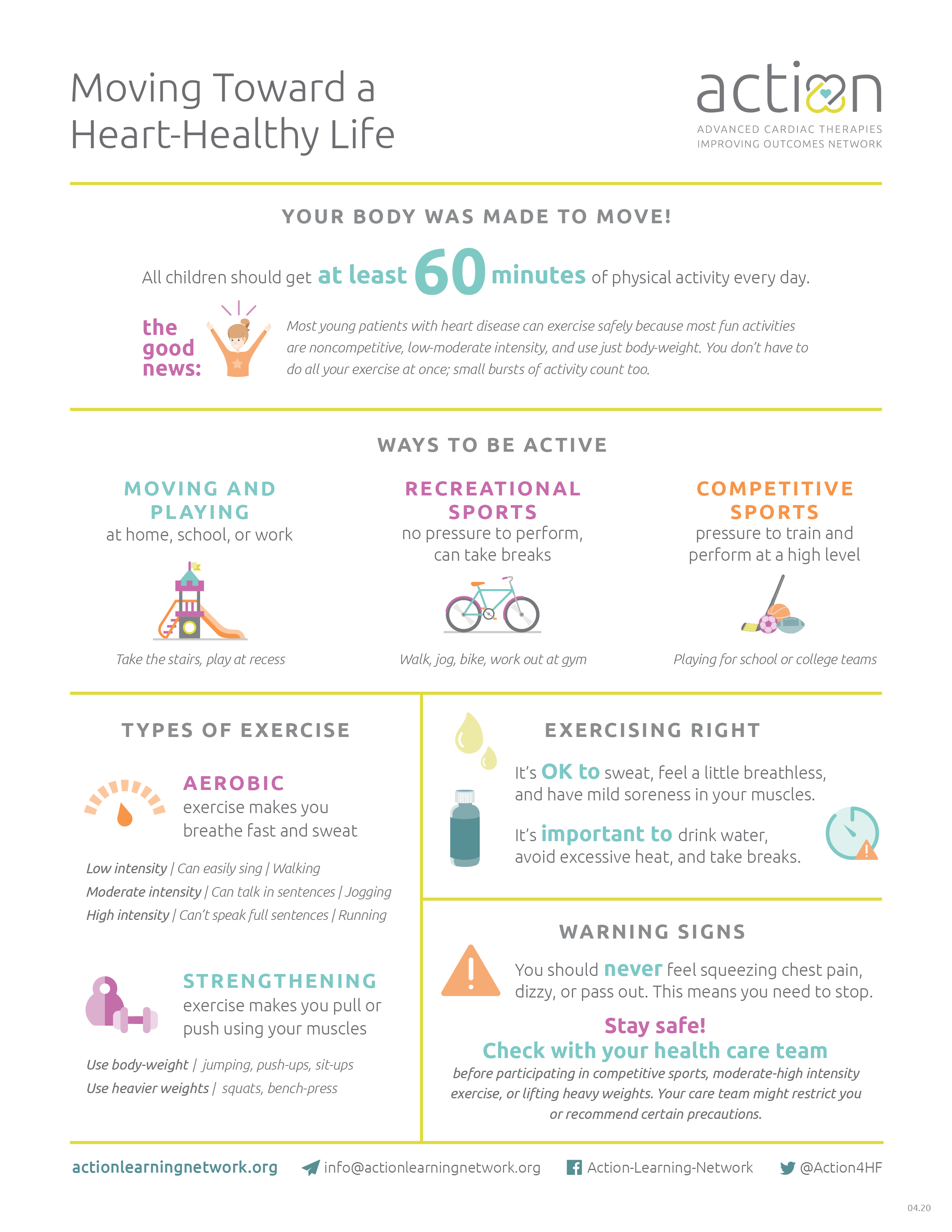
Moving Toward a Heart-Healthy Life
See Activity and Exercise tabs below and download
the ‘Moving Toward a Heart Healthy Life’
handout for more information.
Resources
Moving Toward a
Heart-Healthy Life
Learn how to be active, get
moving, and exercise safely.

WARM UP


ARMS

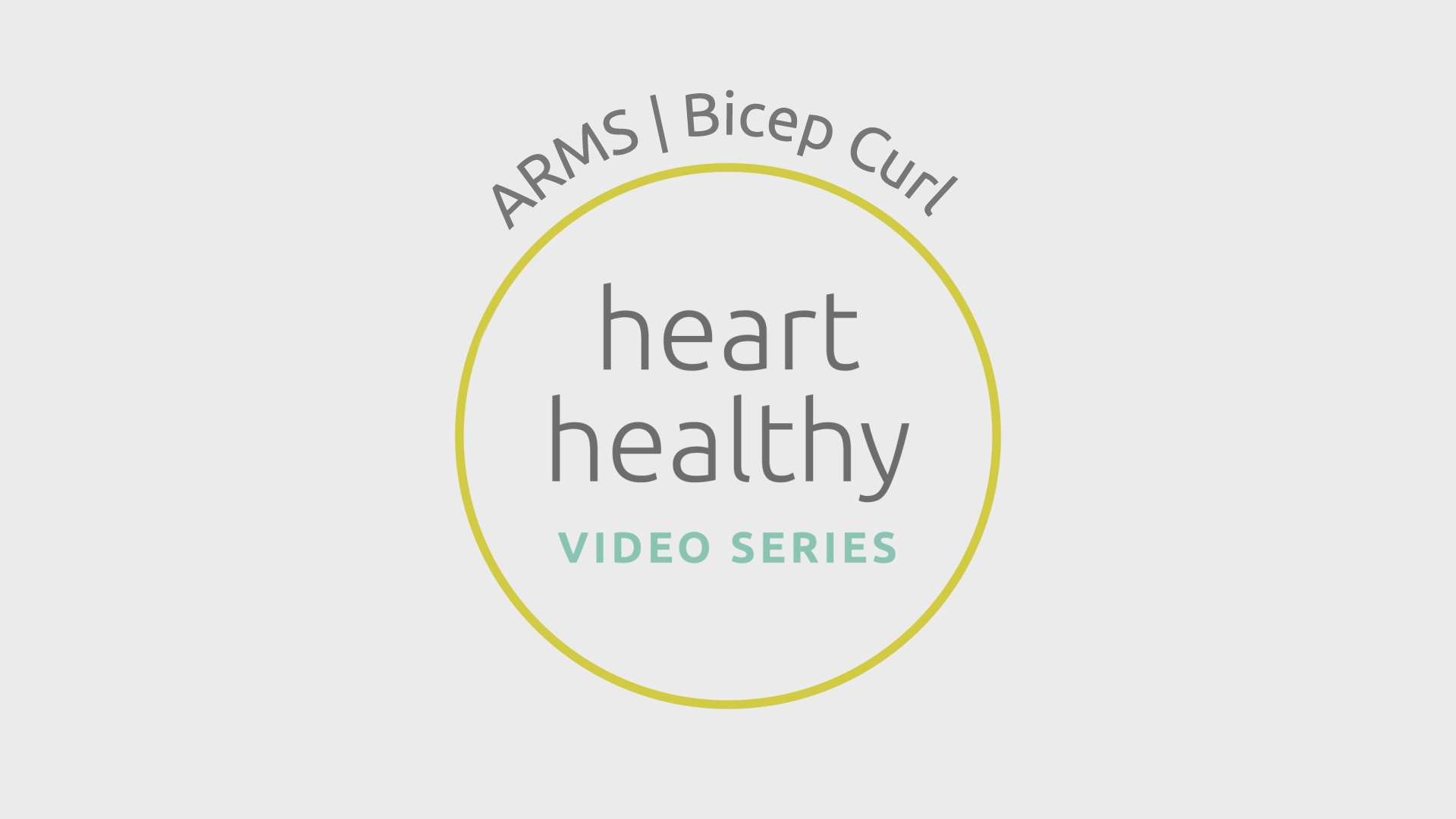
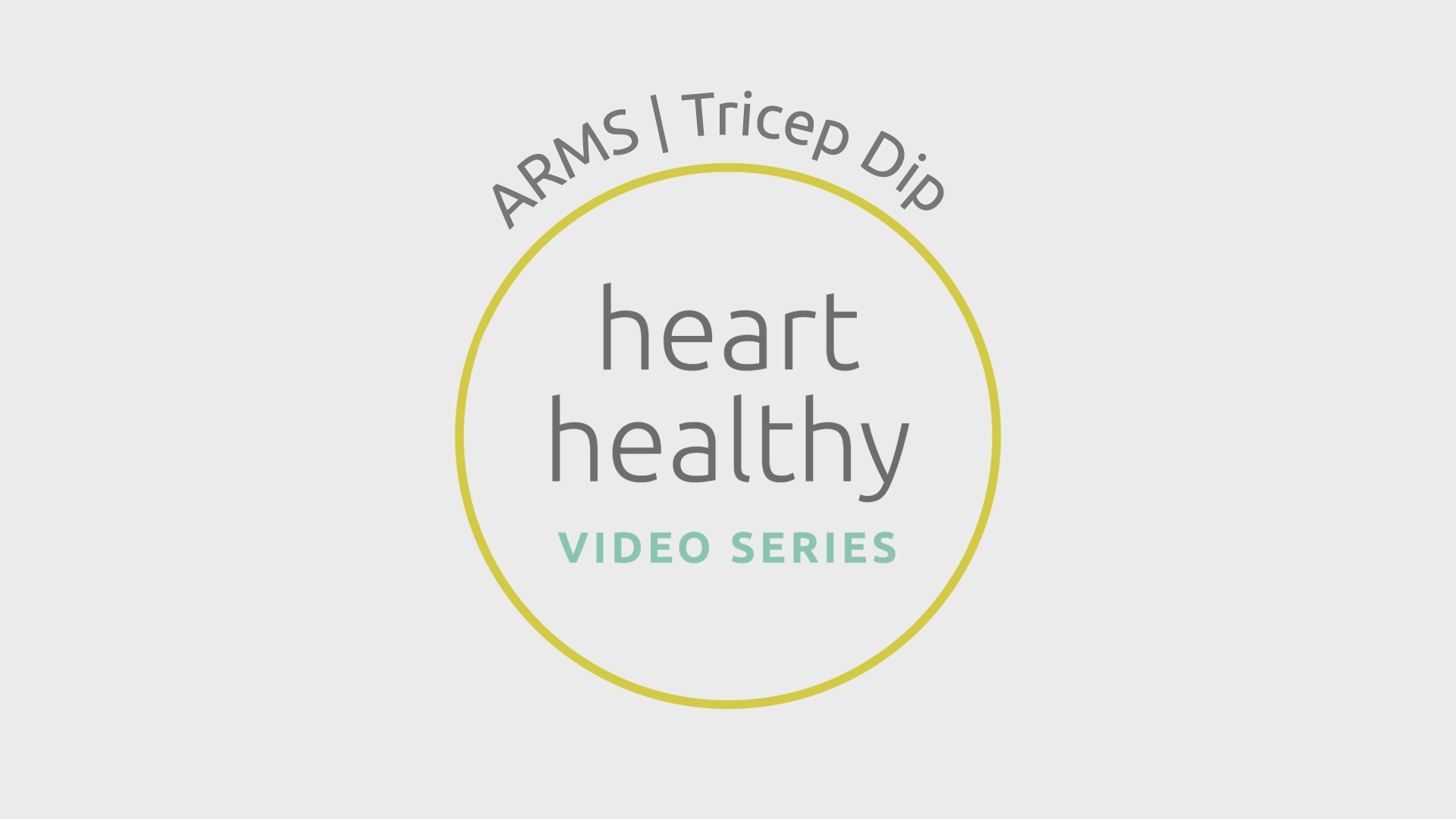
LEGS


CARDIO
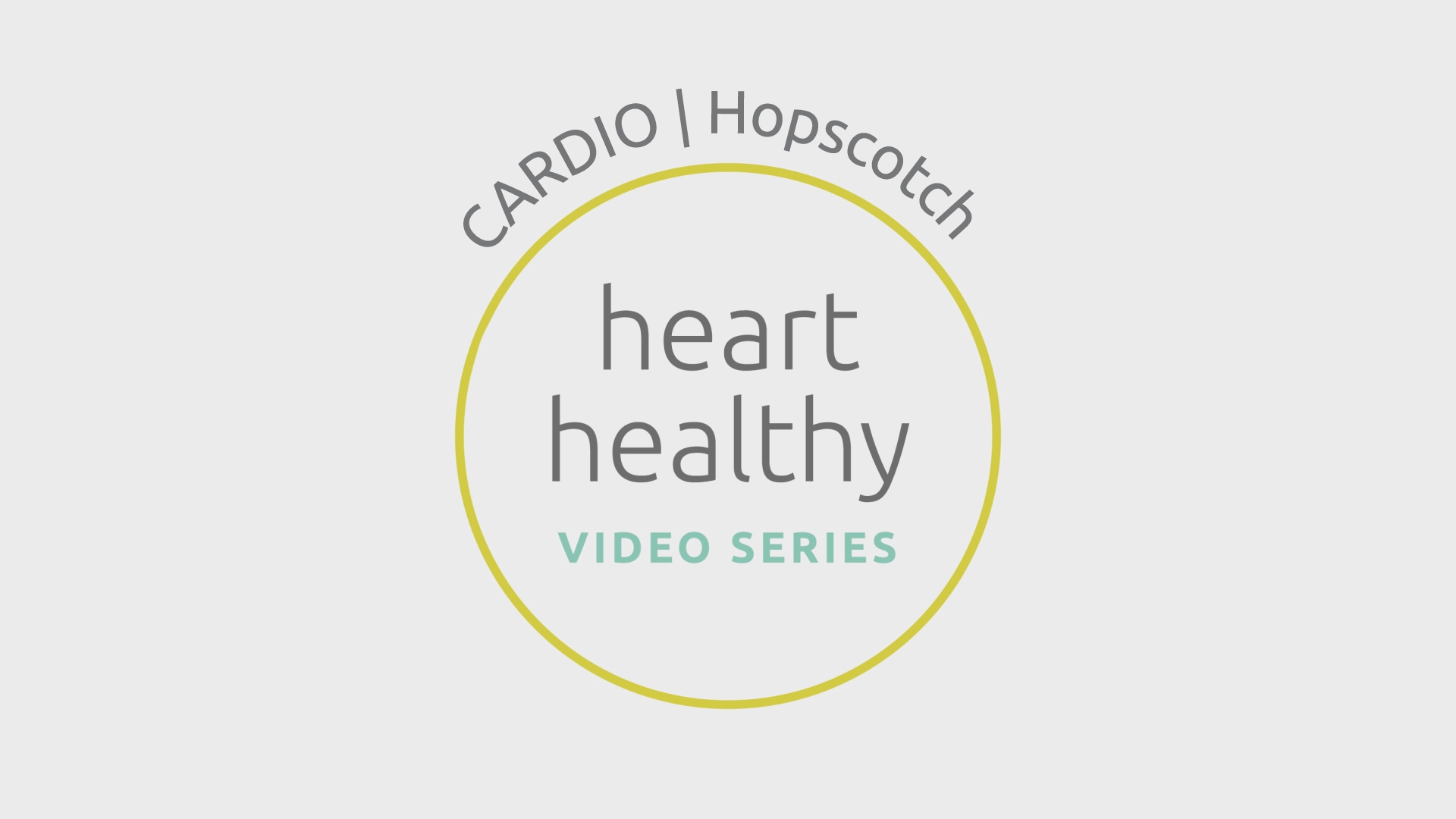
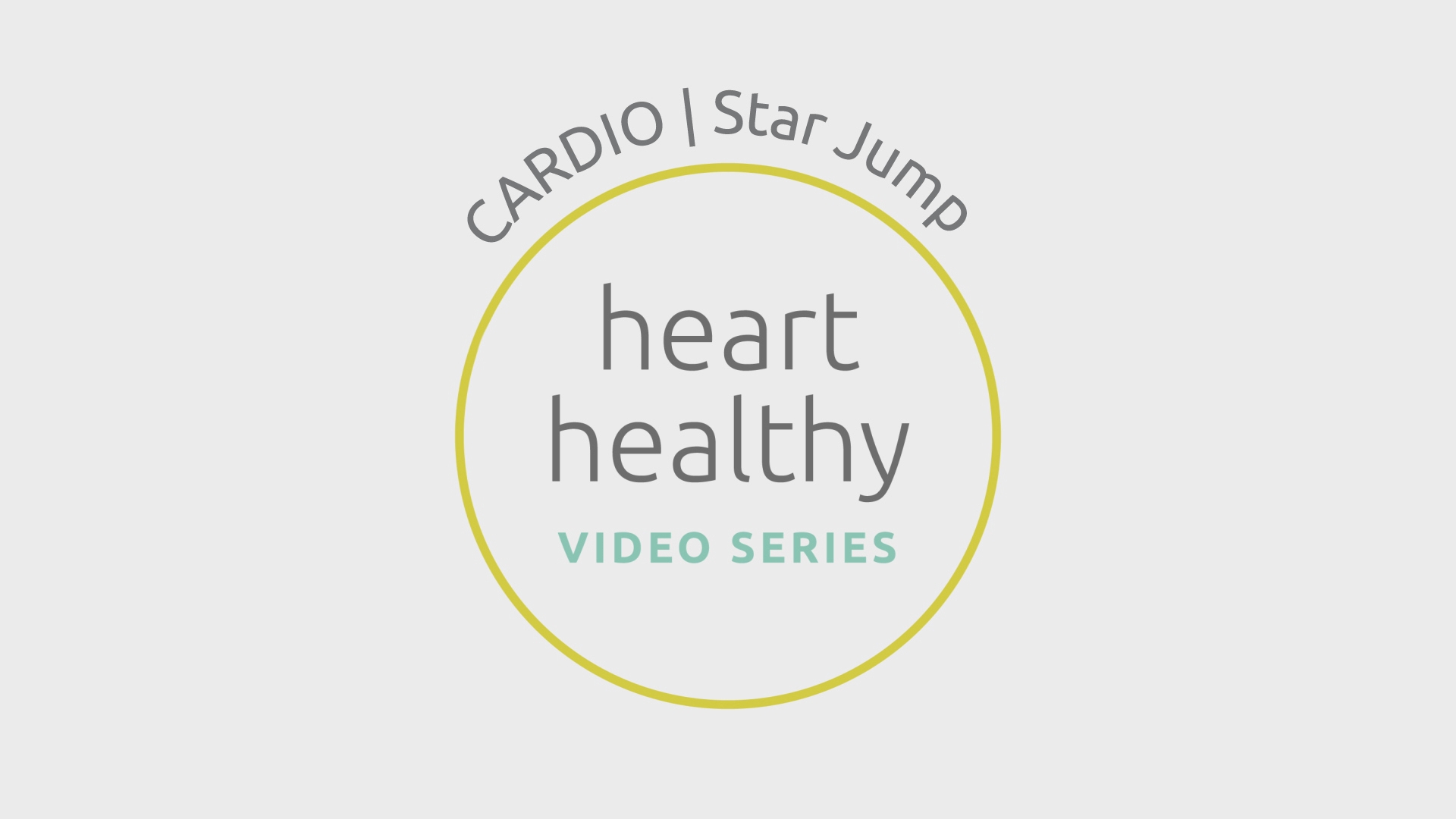
FULL BODY
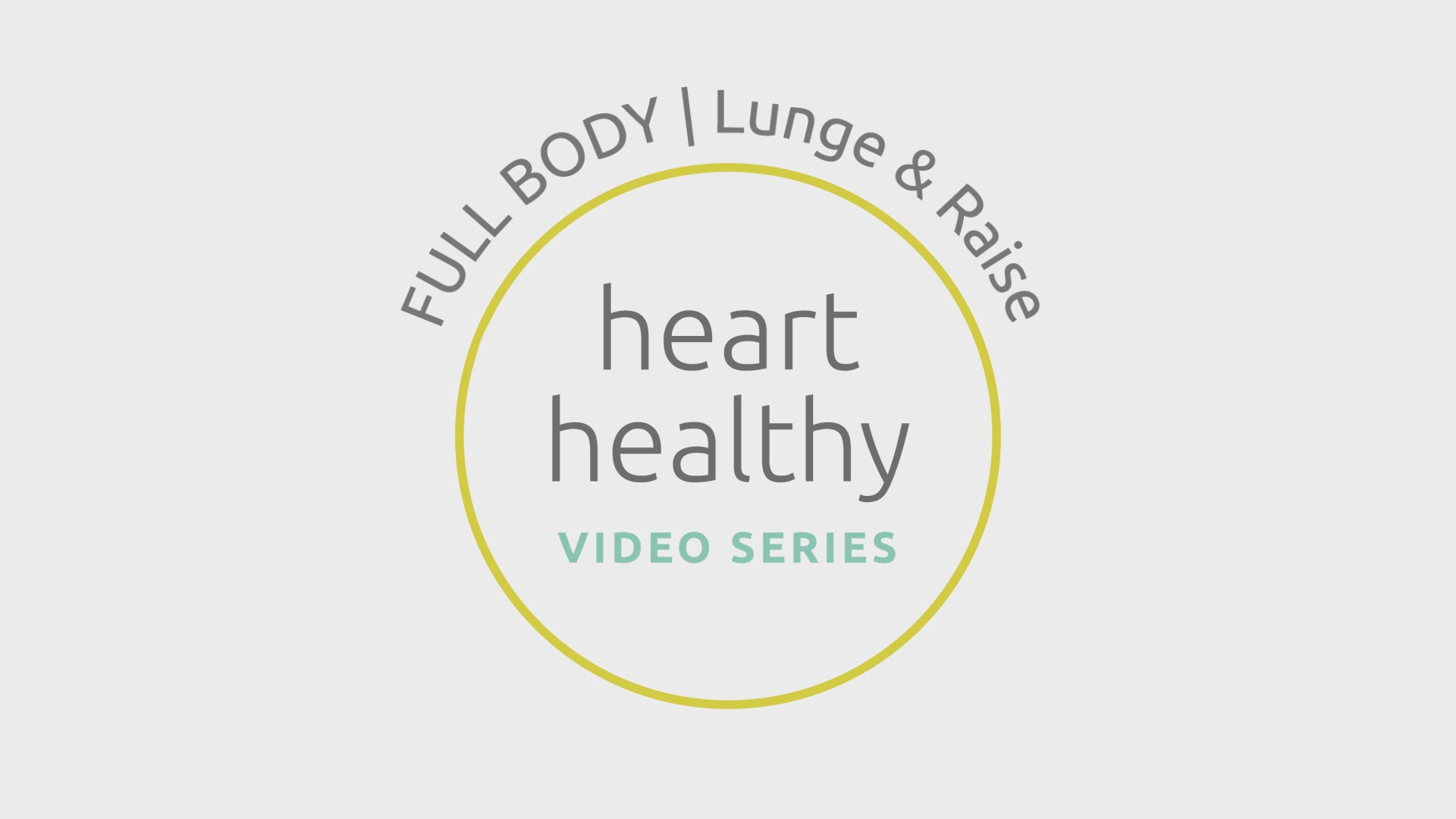

STRETCHING

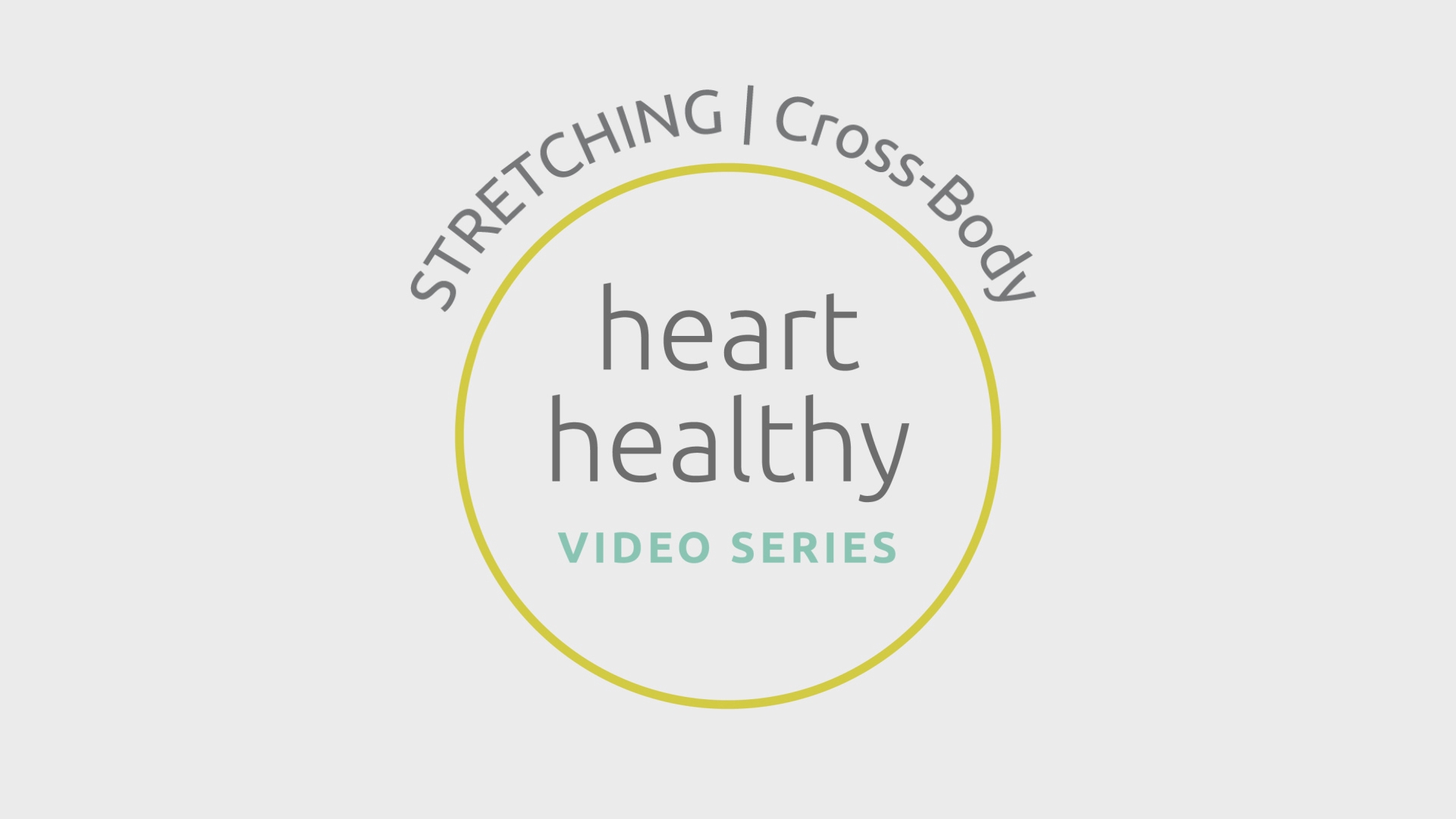
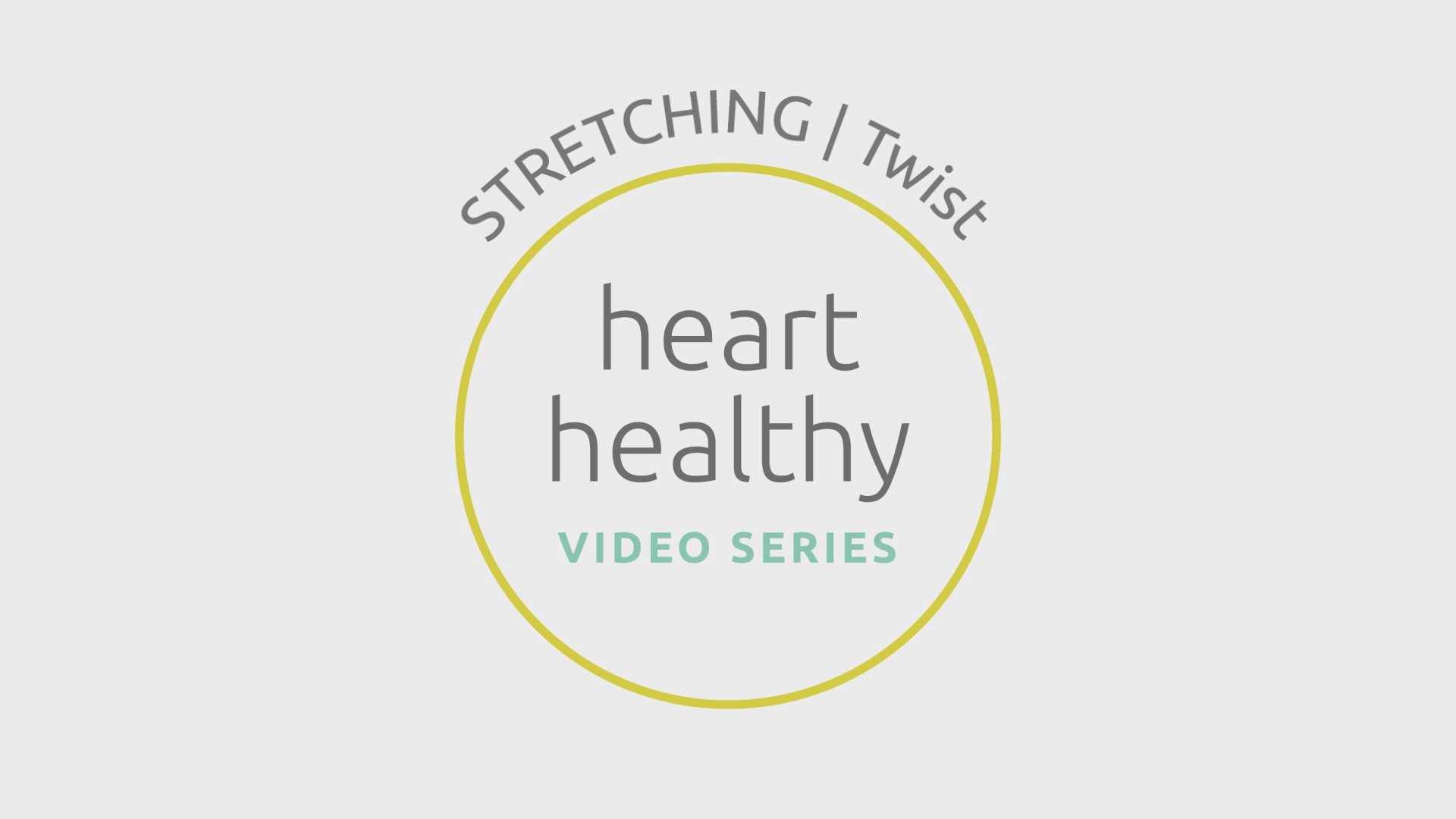
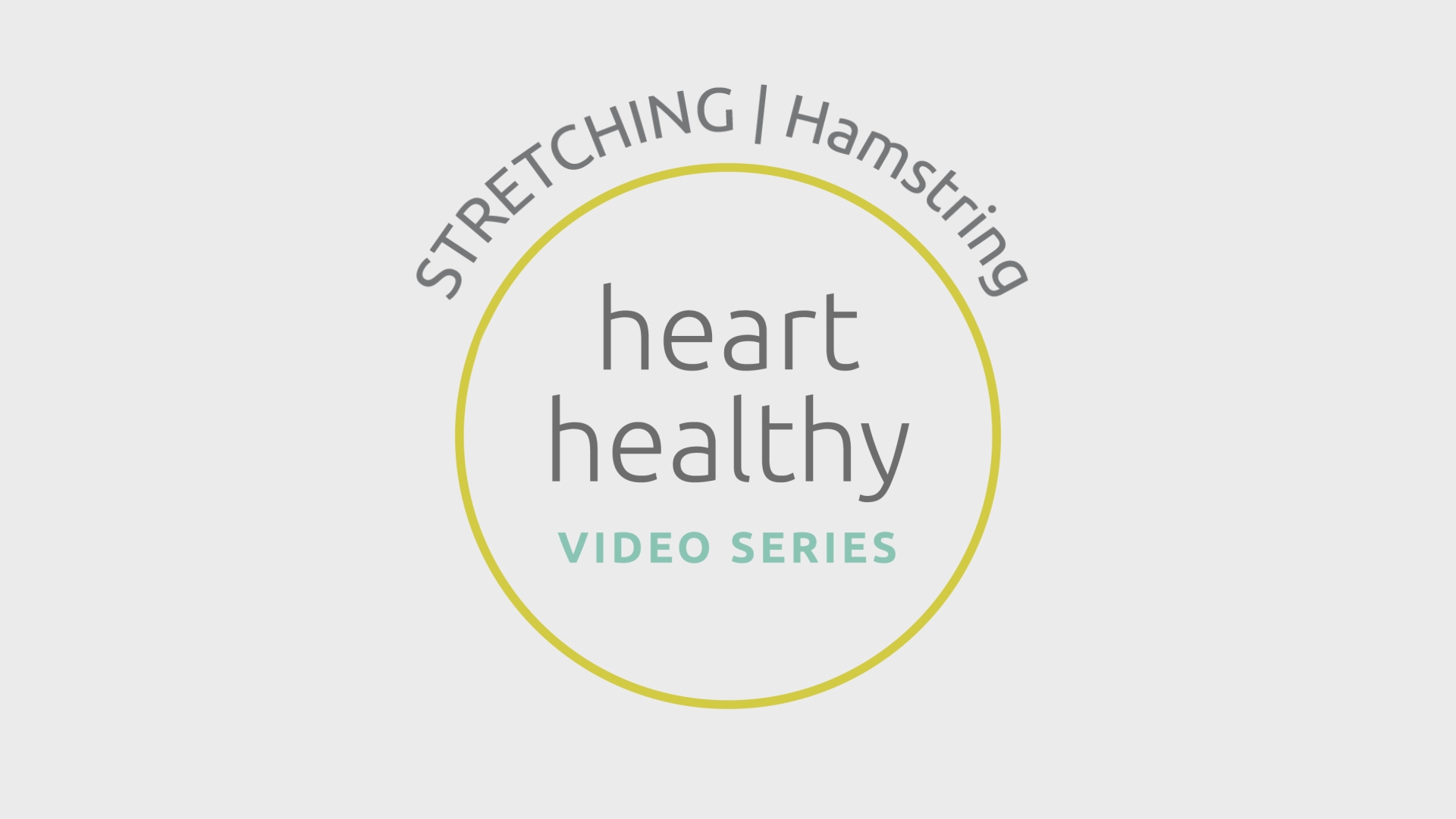
Scroll down to explore ways to be active.
Activity
Exercises
Activity
 If approved by your care team, it’s important to get at least 60 minutes of physical activity every day. But it doesn’t have to be all at once. Short bursts of exercise are great, too!
If approved by your care team, it’s important to get at least 60 minutes of physical activity every day. But it doesn’t have to be all at once. Short bursts of exercise are great, too!
Exercises
 Aerobic Exercises
Aerobic Exercises Strengthening Exercise
Strengthening Exercise
There are two ways you can perform strengthening exercises: with just your body weight or with heavier weights. Your care team may guide you toward strength exercises that are right for you.Do’s and Don’ts
Here are a few things to keep in mind while you exercise: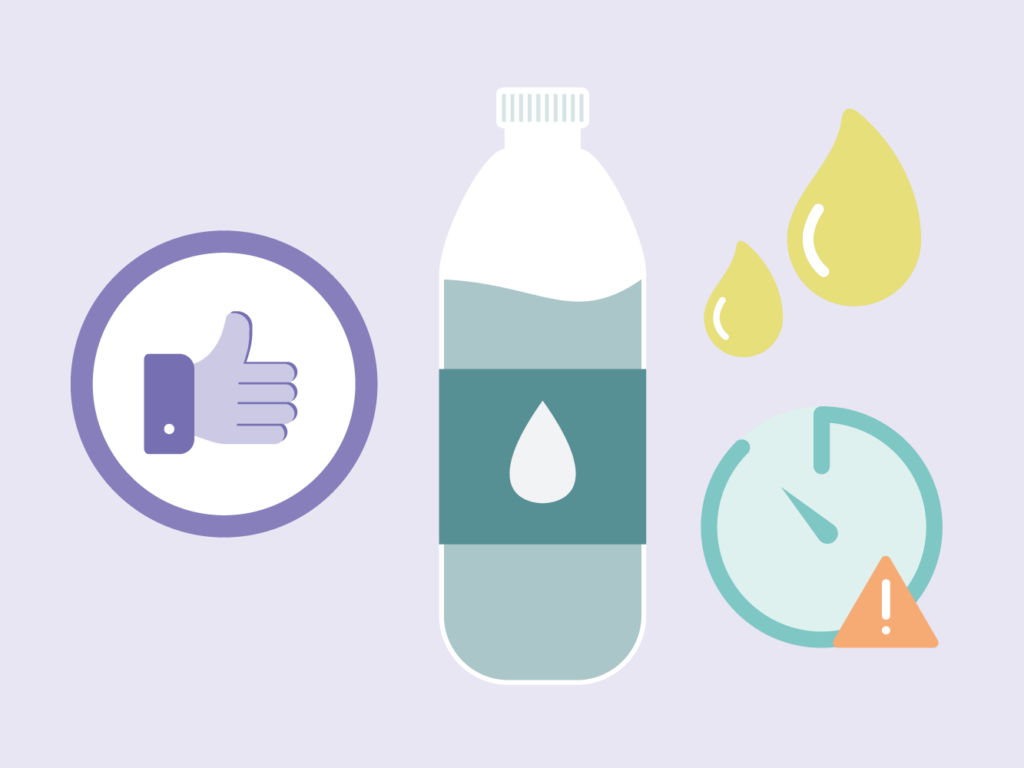

Activity
 If approved by your care team, it’s important to get at least 60 minutes of physical activity every day. But it doesn’t have to be all at once. Short bursts of exercise are great, too!
If approved by your care team, it’s important to get at least 60 minutes of physical activity every day. But it doesn’t have to be all at once. Short bursts of exercise are great, too!
Exercises
 Aerobic Exercises
Aerobic Exercises Strengthening Exercise
Strengthening Exercise
There are two ways you can perform strengthening exercises: with just your body weight or with heavier weights. Your care team may guide you toward strength exercises that are right for you.Do’s and Don’ts
Here are a few things to keep in mind while you exercise:

Healthy Eating
Overview
Overview
Scroll down to explore how you can practice mindful eating.
Nutrition
Portion Control
Nutrition
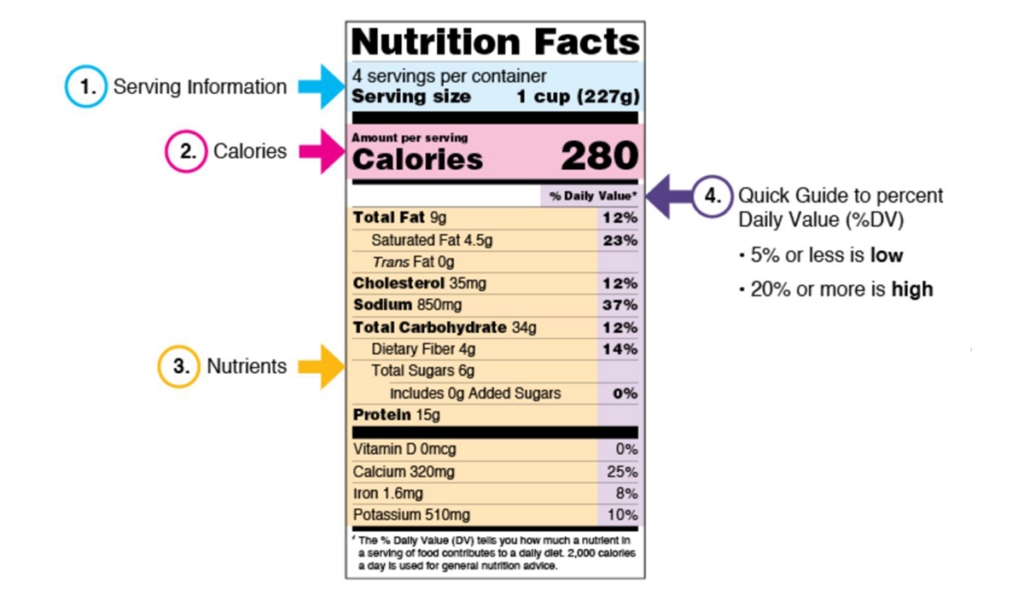
Portion Control
 Focusing on portion control is an important part of mindful eating. Let’s look at some ways we can manage our portions:
Focusing on portion control is an important part of mindful eating. Let’s look at some ways we can manage our portions:Nutrition

Portion Control
 Focusing on portion control is an important part of mindful eating. Let’s look at some ways we can manage our portions:
Focusing on portion control is an important part of mindful eating. Let’s look at some ways we can manage our portions:Lifestyle
Overview
Resources
Overview

Resources
Hearts & Minds: Neurodevelopment in Patients with Heart Failure & VADs
